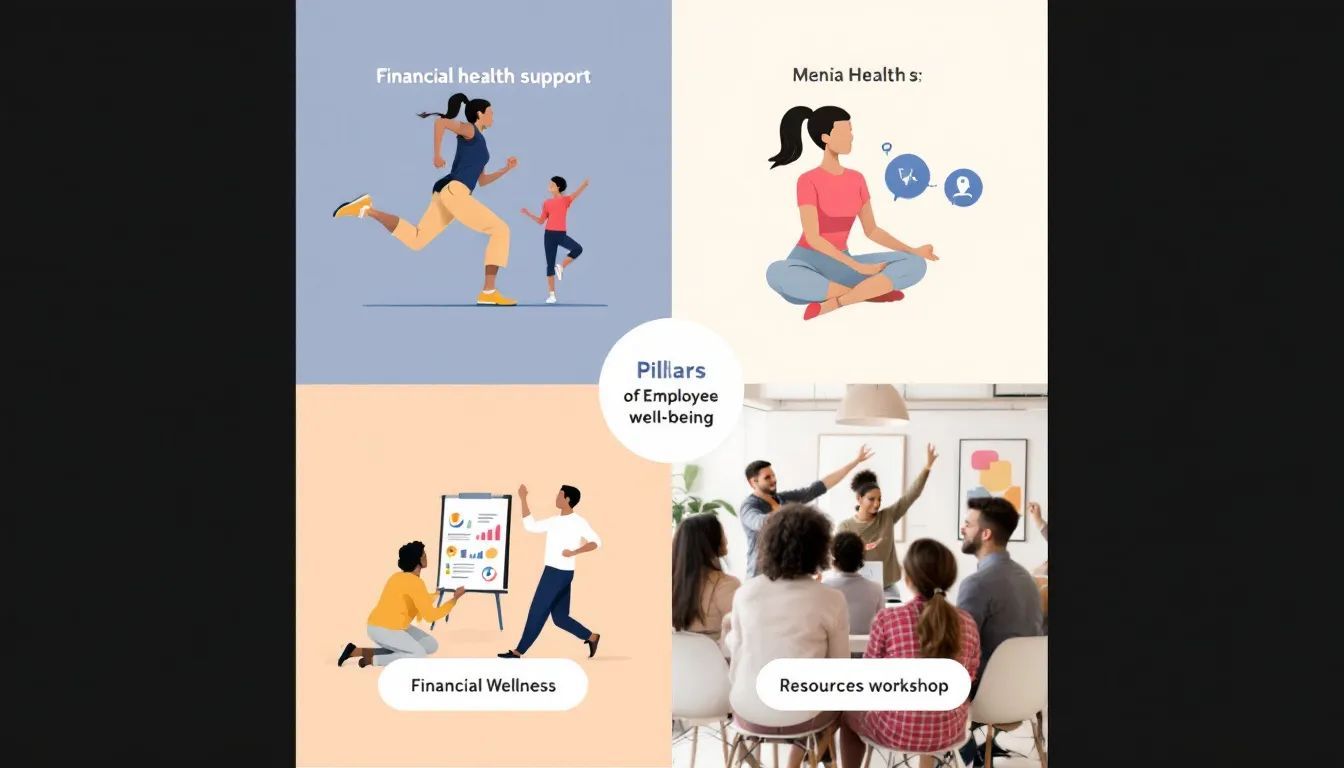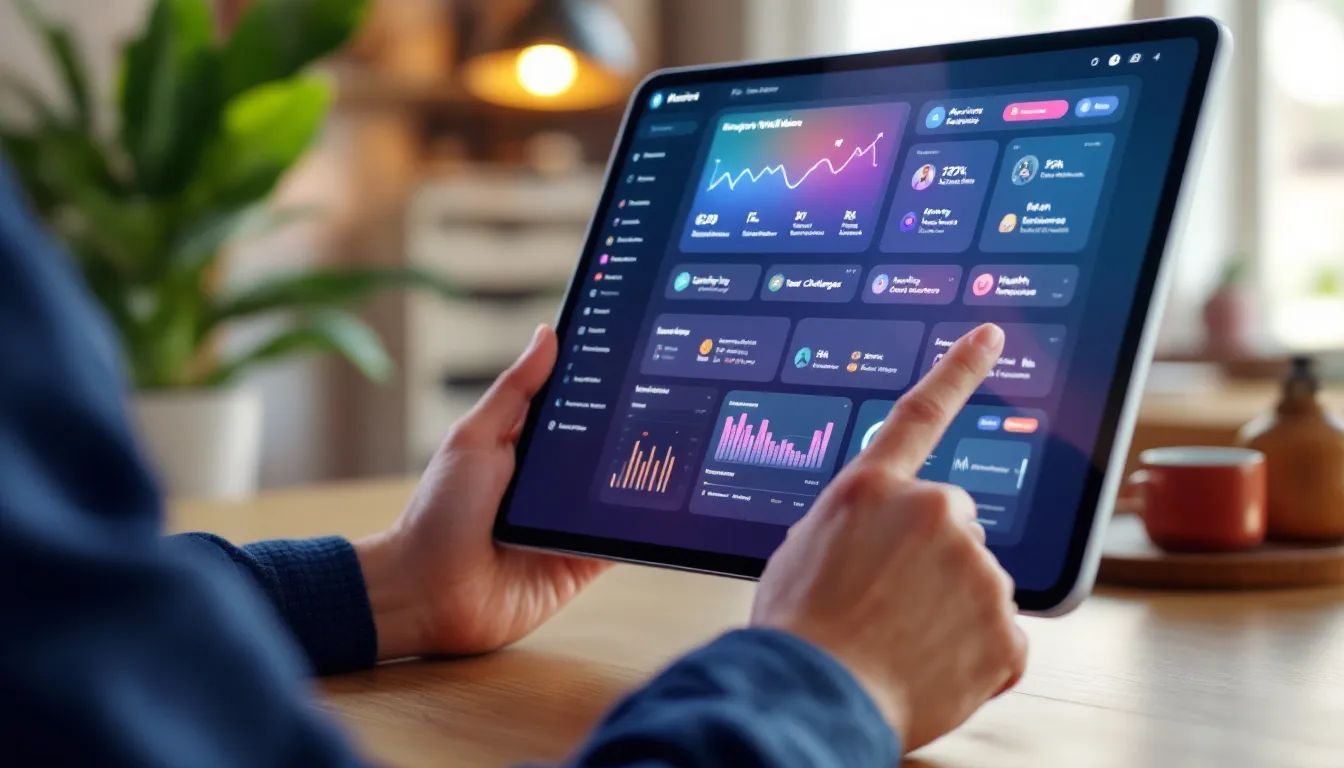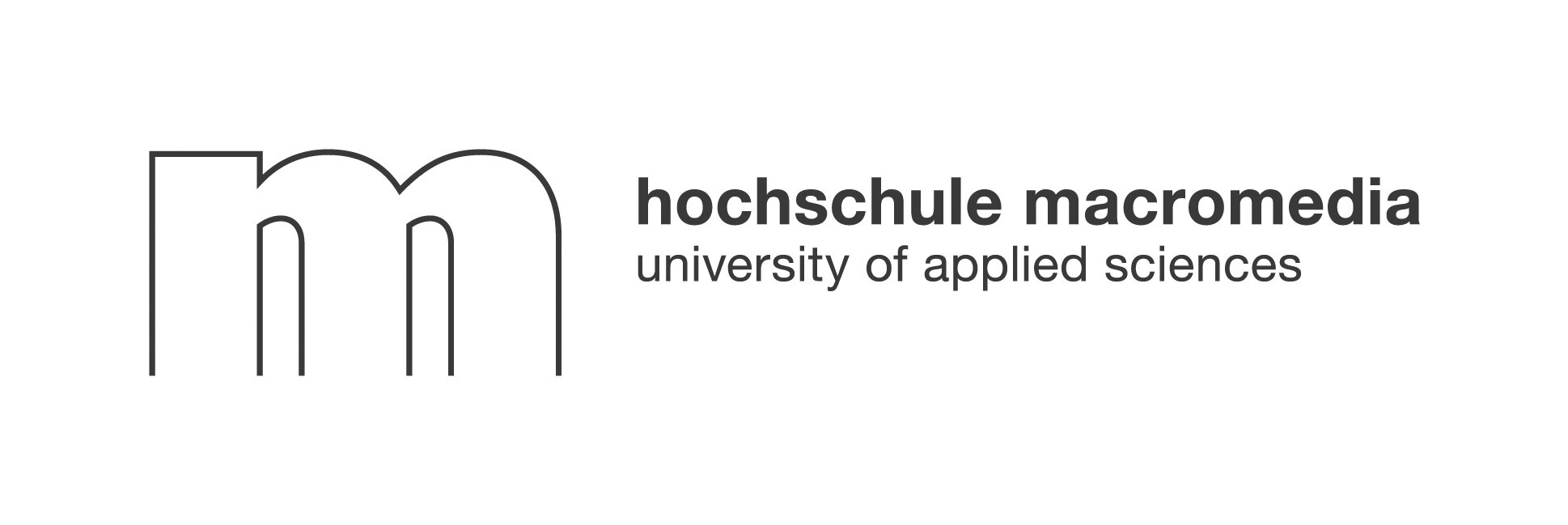Employee well-being programs are more than just a workplace perk in 2025—they are a proven driver of productivity, culture, and organizational resilience. Yet, as companies move toward hybrid and remote models, traditional wellness initiatives often fall short. Why? Because generic, one-size-fits-all solutions rarely nurture authentic connections or address the diverse needs of today’s workforce.
This guide explores how modern employee well-being programs, powered by AI and tailored micro-events, are transforming workplace culture. You’ll learn why these programs matter, the pillars of success, and how platforms like Neroia are setting a new standard for holistic, people-centered engagement.
Why Employee Well-Being Programs Matter in 2025
Impact on Productivity and Retention
In a world of rapid change and high expectations, employee well-being programs directly impact business performance. When employees feel supported—physically, mentally, and socially—they are more engaged, miss fewer days, and are less likely to leave. According to Mercer’s Health on Demand Report, workers with access to diverse well-being resources are 35% less likely to seek employment elsewhere and report higher energy levels at work.
“Instituting a comprehensive wellness program demonstrates a commitment to the health and happiness of the workforce, creating a win-win scenario for both employers and employees.”
— Rise People
Health Cost Savings for Employers
Rising healthcare costs remain a top concern for organizations worldwide. Well-designed employee well-being programs help reduce absenteeism, lower insurance claims, and prevent chronic health issues. For example, the CDC estimates that workplace obesity and related conditions cost U.S. companies over $225 billion annually in lost productivity. Preventive initiatives—like fitness classes, mental health resources, and healthy food options—can significantly cut these expenses.
Employee Well-Being Programs and Organizational Resilience
Resilient organizations are those that adapt quickly to change and support their people through uncertainty. Employee well-being programs foster this resilience by creating a culture of care, trust, and mutual support. In challenging times, such as economic shifts or global events, these programs help employees manage stress, maintain focus, and stay connected—regardless of where they work.
Core Pillars of a Successful Employee Well-Being Program

A truly effective employee well-being program is holistic, addressing multiple dimensions of health and connection. The four foundational pillars are:
Physical Health Foundations
Physical wellness is the bedrock of any well-being strategy. This means more than just offering gym memberships. Successful programs encourage regular movement, provide access to nutritious food, and offer preventive care—like vaccination clinics or health screenings. On-site or virtual group activities (e.g., yoga, running clubs) make it easier for employees to stay active and motivated.
Mental and Emotional Support Systems
Mental health is now recognized as equally important as physical health. Forward-thinking programs provide access to counseling, mindfulness workshops, stress management resources, and digital mental health platforms. Creating safe spaces for open conversations and peer support further reduces stigma and fosters emotional resilience.
Financial Wellness Resources
Money worries are a leading cause of stress for employees. Financial wellness offerings—such as budgeting workshops, retirement planning, and access to financial advisors—help employees feel more secure and focused at work. Flexible benefits, like lifestyle spending accounts, empower individuals to choose resources that best fit their needs.
Social and Community Connection
Perhaps the most overlooked pillar is social wellness—the sense of belonging and connection among colleagues. In hybrid and remote environments, this is especially critical. Programs that facilitate small-group interactions, volunteer opportunities, and shared interest clubs build camaraderie and break down silos. AI-driven platforms like Neroia excel here, using smart recommendations to bring people together organically for meaningful micro-events.
Step-by-Step Framework to Design Tailored Programs
Building a successful employee well-being program requires more than copying what’s trending. Here’s a practical framework:
1. Listen to Employee Needs
Start with genuine listening. Use surveys, focus groups, and feedback tools to understand what matters most to your team. This ensures programs address real challenges—whether it’s stress, isolation, work-life balance, or something unique to your culture.
2. Set Measurable Goals
Define clear, achievable goals. Do you want to reduce absenteeism, improve engagement, or boost participation in wellness activities? Setting metrics upfront enables you to measure impact and adjust as needed.
3. Choose Evidence-Based Interventions
Select initiatives with proven results. This might include digital mental health platforms, group fitness challenges, or personalized activity recommendations. Leveraging technology, such as Neroia’s AI-driven micro-events, ensures interventions are both scalable and relevant.
4. Pilot, Iterate and Scale
Begin with a pilot program in one department or location. Gather feedback, track participation, and refine your approach before rolling out company-wide. Continuous improvement is key—what works for one group may not fit another.
Example Table: Framework for Tailored Well-Being Programs
12 High-Impact Initiative Ideas to Inspire You
Not sure where to start? Here are twelve proven ideas for employee well-being programs, suited for every budget and workforce type.
Low-Cost Starters Every Company Can Try
- Walking or activity challenges: Encourage teams to track steps or minutes of movement.
- Healthy snack stations: Stock breakrooms with nutritious options.
- Wellness newsletters: Share tips, resources, and success stories.
- Flexible work hours: Allow employees to manage their schedules for better work-life balance.
Digital-First Solutions for Distributed Teams
- Virtual yoga or mindfulness sessions: Host regular online classes accessible to all.
- AI-powered micro-events: Use platforms like Neroia to match small groups for shared activities, such as lunchtime meditation or remote runs.
- Digital health coaching: Provide access to certified coaches via chat or video.
- Online financial wellness workshops: Cover budgeting, debt management, and retirement planning.
On-Site Perks Worth the Investment
- On-site fitness classes or gyms: Offer group exercise sessions or dedicated workout spaces.
- Vaccination and health screening clinics: Make preventive care easy and accessible.
- Quiet rooms or nap pods: Support rest and recovery during the workday.
- Community volunteer days: Organize group service projects to build purpose and teamwork.
“Wellness challenges, especially technology-driven ones, are affordable and scalable. They help improve employee engagement and a sense of belonging within the organization.”
— Wellable
Driving Participation and Engagement
A program’s success depends on employee buy-in. Here’s how to make well-being initiatives irresistible:
Incentives That Actually Work
Choose rewards that motivate, not just “check the box.” Consider:
- Extra paid time off
- Wellness stipends or lifestyle spending accounts
- Recognition in company communications
- Gift cards or merchandise for active participants
Leadership Modeling and Culture
When leaders participate in and champion well-being initiatives, engagement soars. Visible support—like joining a group run or sharing personal wellness stories—signals that well-being is a company priority, not just an HR checkbox.
Inclusive Communication Tactics
Communicate often and through multiple channels. Use clear, friendly language and highlight the benefits of participation. Make sure every employee, regardless of location or role, knows what’s available and how to get involved.
“A wellness program should speak to all interests and concerns of employees, be clearly aligned with corporate goals and be linked to incentives that are personally or financially meaningful.”
— SHRM
Measuring Success: KPIs, ROI and the Emerging VOI Lens

How do you know your employee well-being programs are working? A blend of quantitative and qualitative metrics gives the full picture.
Quantitative Metrics That Matter
Track hard numbers such as:
- Program participation rates
- Absenteeism and turnover reduction
- Healthcare cost savings
- Engagement survey scores
Qualitative Feedback Loops
Collect stories, testimonials, and open-ended feedback. Ask what employees value, what’s missing, and how programs affect their daily lives. These insights often reveal benefits (or gaps) not captured by numbers alone.
Reporting Best Practices to Stakeholders
Share results regularly with leadership and staff. Use simple dashboards or infographics to visualize progress. Highlight both ROI (return on investment) and VOI (value on investment)—the broader impact on culture, morale, and collaboration.
Example Bullet List: Key Metrics for Success
- Participation and completion rates
- Employee satisfaction scores
- Reduction in sick days
- Positive changes in workplace culture
Future Trends Shaping Employee Well-Being Programs
The next wave of employee well-being is dynamic, data-driven, and deeply personal. Here’s what’s ahead:
AI-Powered Personalization
Artificial intelligence is revolutionizing how companies deliver well-being programs. Platforms like Neroia analyze anonymized data to recommend micro-events—such as yoga, Qigong, or company runs—matching employees by interests, schedules, and location. This approach breaks down barriers, making it effortless to discover and join activities that truly resonate.
“Neroia’s AI-driven platform enables employees to effortlessly discover authentic connections through small-group activities tailored to their interests and availability—transforming workplace culture for the better.”
Holistic Support for Hybrid Work
As hybrid and remote work become the norm, organizations must address the risk of isolation and disengagement. AI-curated micro-events ensure all employees—on-site or remote—can participate in meaningful, shared experiences. This not only boosts mental health but also strengthens collaboration and innovation.
ESG and Well-Being Convergence
Environmental, Social, and Governance (ESG) goals are increasingly linked to employee well-being. Programs that promote social connection, community engagement, and sustainable practices contribute to both workforce wellness and corporate responsibility.
Ordered List: The Future of Employee Well-Being Programs
- AI-driven micro-events replace generic, top-down wellness activities.
- Holistic, personalized support addresses physical, mental, and social needs.
- Well-being becomes central to ESG and business strategy, not just a benefit.
Why Traditional Programs Fall Short—and How Neroia Sets a New Standard
Many traditional employee well-being programs struggle to create lasting impact. Common pitfalls include:
- Generic, “one-size-fits-all” activities that fail to engage diverse interests
- Lack of social connection, especially in hybrid or remote settings
- Administrative friction—complex sign-ups, rigid scheduling, or privacy concerns
Neroia’s platform breaks this mold by leveraging AI to orchestrate micro-events for 3-4 participants. These small, interest-based gatherings—whether yoga, mindfulness sessions, or running groups—are easy to join and foster genuine relationships. By minimizing planning friction and prioritizing privacy (using anonymized data), Neroia ensures every employee can participate comfortably.
In pilot programs, companies have seen employees connect through yoga, Qigong, and group runs, all coordinated seamlessly by Neroia’s AI chat assistant. This dynamic, employee-centric approach replaces rigid, top-down programs with flexible, evolving interactions—meeting people where they are and keeping engagement fresh.
The Neroia Difference: Fostering Organic, Lasting Well-Being
Neroia’s vision is to revolutionize workplace culture by making well-being personal, social, and sustainable. By harnessing AI, Neroia empowers employees to effortlessly discover and join activities that fit their interests and schedules—whether in the office or working remotely. The result? A workplace where isolation is replaced by connection, and wellness is woven into the fabric of daily life.
“Neroia’s AI-driven recommendations create authentic connections, helping employees break isolation, boost mental health, and thrive together—no matter where they work.”
As organizations look to the future, employee well-being programs will be measured not just by participation, but by their ability to spark real engagement, collaboration, and happiness at work. With Neroia, companies can lead the way—creating a culture where every employee feels valued, connected, and empowered to bring their best self to work.
Ready to elevate your employee well-being programs? Discover how Neroia can help you transform workplace culture and engagement—one authentic connection at a time.




